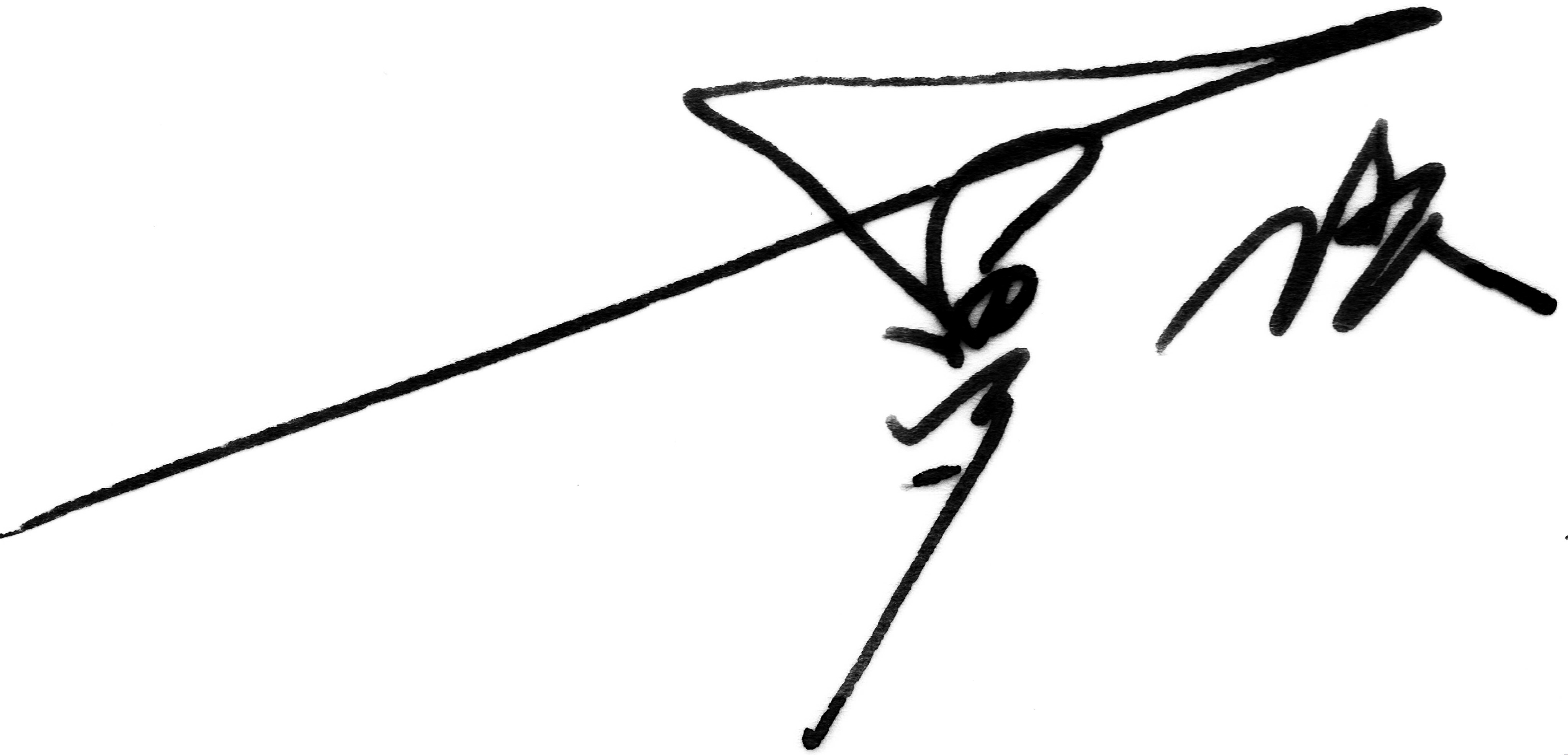五步哭山 – 位於金山面的山系中。海拔 187 公尺,高於十八尖山,為新竹市最高峰。
這個特別的地名,起因於 1895 年 (清光緒二十一年),甲午戰爭割台後,日本登陸攻打新竹城,該區域為客籍人士抗日之古戰場;當時雙方交戰,傷亡慘重、步步血淚,「五步哭山」因此而來。
回首過往複雜的歷史,台灣這片土地,長久在文化發展中掙扎,一次次見證統治者的頻繁更迭。五步哭山代表的不僅是一個地名、一段過去,更重要的是展現出先民的韌性,以及渴望守護家園的心。
時至今日,山巒翠綠依舊,山後成了新竹科學園區;台日之間,已不再是「被殖民者」與「殖民者」,而是相互友好,彼此信任合作,共享民主價值的夥伴關係。
具有客家血緣且以新竹人為榮的我,選擇以新竹市最高峰,五步哭山的歷史淵源為起點,透過鏡頭去感受、去捕捉那段隱含煙硝與血淚的風景。《五步哭山之歌》的作品形式,為攝影配上詩作。在語言文字的部分,這首詩除了繁體中文版,亦翻譯成英文、日文及客語。
身為一名藝術家,藉此創作表達我對這塊土地的敬意,以及為獻出生命的英靈,衷心祈禱冥福。願過去的傷痛,匯聚成今生的養分,滋養著台灣的你我,如同綻放在五步哭山的藍花楹,燦爛茁壯。
The name of this special place originated in 1895 (Year 21 of Guangxu in Qing Dynasty). After the Sino-Japanese War, the Japanese landed and attacked Hsinchu City, and the area became the battlefield where the Hakka people fought against the Japanese. At that time, both sides fought with heavy casualties, blood and tears at each step, hence the name “Wubuku Mountain” (“Wubuku” literally translates to “A cry in every five steps”).
Looking back at the complex history of the past, the land of Taiwan has long struggled with cultural development and has witnessed the frequent change of rulers time and again. Wubuku Mountain not only represents the name of a place or a past event, but also the resilience of the ancestors and their desire to protect their homes.
Today, the mountains are still green and the area behind them have become the Hsinchu Science Park; the relationship between Taiwan and Japan is no longer between the colonized and the colonizer, but a partnership of mutual friendship, trust and cooperation, and sharing of democratic values.
As a Hakka and someone proud of the people of Hsinchu, I chose to take the historical origin of the highest peak in Hsinchu City, Wubuku Mountain, as the starting point to feel and capture through my lens the hidden smoke, blood and tears in the scenery. The work format for “Five Steps Sob Mountain Song” is a poem accompanied by photography. The poem has been translated into English, Japanese and Hakka, in addition to the traditional Chinese version.
As an artist, I would like to express through this project my respect for this land and offer my pray and blessings for those who sacrificed their lives. May the sorrows of the past become the nourishment of this life, nourishing you and me in Taiwan, just like the blue jacaranda trees blooming on the Wubuku Mountain, which are bright and strong.
